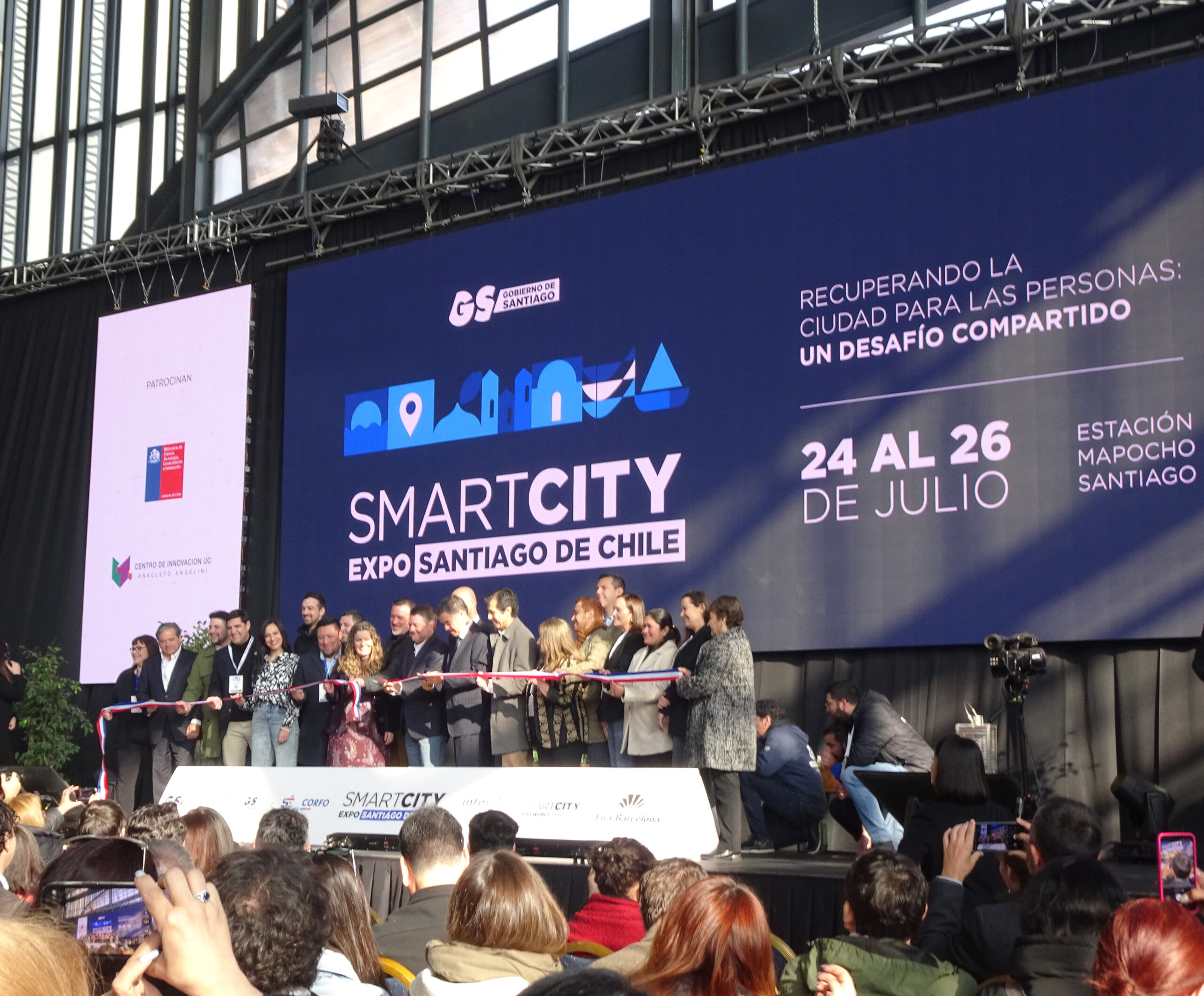“We cannot all live in cities,” stated Horace Greeley, prominent and influential American editor and founder of the New York Tribune, in 1867, to later add, “yet nearly all seem determined to do so,” a strong advocate for westward expansion and rural living. He encouraged people to move to the west, taking advantage of the opportunities available in rural life, rather than crowding into cities. Greeley’s advocacy for rural expansion stood in contrast to the rapid urbanization and industrialization characterized by the industrial revolution. As many economies transitioned from agrarian to industrialized nations, significant societal transformations occurred, driven by technological advancements and innovations in various industries. The role of urban resilience in the times of the industrial revolution did not exist. However, cities faced numerous challenges that indeed required resilience such as overcrowding, inadequate housing, and the spread of infectious diseases.
Defining Urban Resilience
The term urban resilience began to gain prominence in the late 20th and early 21st centuries, as cities faced increasing challenges from climate change, natural disasters, and other stressors. Urban resilience has become a key focus for urban planners, policymakers, and researchers, who aim to develop strategies and frameworks to enhance the resilience of cities.
Urban resilience refers to the ability of an urban system to absorb, recover, and adapt to various shocks and stresses while maintaining essential functions. ‘Emphasize the importance of resilience in restoring the functionality of urban systems after disturbances’ (Cimellaro et al. 2010). Cimellaro et al.’s research focuses on resilience in urban systems, particularly in the context of disasters. The developed model, called the Resilience Framework, was applied to a network of hospitals in Memphis, Tennessee, United States of America (U.S.), helping to quantify disasters and establish the maintenance functionality of urban infrastructure and services post- disaster. As a result, the tool can be used by policymakers to make informed decisions and improve the resilience of urban systems.
The UN-Habitat’s describes urban resilience as the ability of urban systems and their inhabitants to maintain continuity through various shocks and stresses while adapting and transforming toward sustainability: “The measurable ability of any urban system, with its inhabitants, to maintain continuity through all shocks and stresses, while positively adapting and transforming toward sustainability. From earthquakes to flooding, rapid immigration to cyber-attacks, all cities face a range of shocks and stresses, natural and human made. Today, cities and inhabitants face additional and amplified challenges due to rapid urbanization, a changing climate, and political instability, among others.”
The New Urban Agenda 3 highlights several challenges to urban resilience. Rapid urbanization outpaces infrastructure development, while climate change brings more frequent severe weather events. Social inequality persists, affecting access to resources and services. Economic pressures and financial instability hinder investment in resilience measures. Effective governance and coordination across sectors are crucial but often insufficient. Technological and infrastructure gaps pose significant obstacles, and public health challenges expose vulnerabilities in urban environments. Addressing these challenges is essential for resilient cities.
In recent years, the idea of urban resilience has grown to encompass not just the physical infrastructure of cities, but also their social, health, and economic systems. This comprehensive approach acknowledges the interconnections among different urban systems and the necessity of developing all-encompassing strategies to create resilient cities. Building resilience within urban environments is crucial for maintaining their sustainability and livability. The Covid-19 pandemic worsened pre-existing inequalities in the cities and communities around the world, highlighting the need for them to be adaptable and resilient in the face of unexpected challenges.
Urban resilience must be grounded in a comprehensive strategy that ensures infrastructure and systems are designed to withstand and absorb shocks without significant damage or interruption. This strategy should include multiple pathways and backup systems to guarantee critical functions can continue even if one part of the system fails:
-
- Engaging residents in decision-making through participatory planning and supporting local organizations that can mobilize resources and assist during crises is essential.
-
- Integrating technology and innovation by utilizing sensors, data analytics, and Internet of Things (IoT) to monitor urban systems in real-time and respond to disruptions is crucial.
-
- Key components include promoting economic opportunities for local development and job creation, as well as implementing effective land use planning through zoning regulations and mixed-use areas to reduce dependence on single-use zones.
-
- To foster resilient urban environments, it is imperative to coordinate actions and inclusive policies across different sectors and levels of government, ensuring equitable access to services, healthcare, and other essential services through a cohesive and collaborative approach.
These tasks require consensus to ensure that all sectors are involved in the discussion and that all levels of governance have the necessary skills and willingness to work together for general well-being.
Detroit: a Journey through Resilience and Economic Turmoil
The city of Detroit, Michigan, U.S., has a complex history with huge economic challenges and social inequalities. Once a thriving industrial hub known for its automobile industry, Detroit faced severe economic decline starting in the mid-20th century. Factors such as deindustrialization, suburbanization, and racial tensions have led to widespread poverty and population decline.
The city’s financial struggles ended in bankruptcy in 2013, making the largest municipal bankruptcy in U.S. history. Several factors, such as the reduction as a national transportation hub due to a poor railway network, lack of a diversified economy with heavy reliance on the automotive industry, and a very low-density urban model, caused the city’s decline.
However, Detroit has been reinventing itself through various efforts pivoting from decline to rebirth: investments in technology, arts, and culture, along with initiatives to attract new businesses and residents, have been key to building the new profile of the city. The downtown area has seen significant redevelopment, and there has been a focus on improving public services and infrastructure. Several tech companies have set up shops in Detroit, contributing to the city’s economic rebirth.

Detroit, Michigan (Illustration: Adobe Stock)
Detroit had long struggled with severe poverty, economic challenges, and social issues like housing instability, racial inequality, and health disparities, even before the COVID-19 pandemic exacerbated these problems.
The response to COVID-19 in Detroit highlighted both the city’s strengths and challenges. Through a combination of collaborative governance, adaptive policymaking, strong community engagement, and social cohesion, the city demonstrated remarkable resilience, ultimately supporting its vulnerable populations. The pandemic also underscored several significant challenges, including the devastating economic impact on Detroit’s automotive and manufacturing industries, the overwhelming strain on the city’s healthcare infrastructure due to limited resources, and the digital divide that prevented some residents from accessing remote work and education opportunities.
The city’s future trends demonstrate its commitment to revitalization through innovative infrastructure projects, community-focused developments, and environmentally friendly practices, as shown by its proven track record of adapting to challenges and capitalizing on opportunities.
Affordable Housing
Since 2019, Detroit has invested $1 billion in projects for affordable housing. This investment seeks to preserve homeownership in Detroit by safeguarding low-income residents and seniors from escalating rents and preventing forced relocation. The city has prolonged the affordability of 10,000 units for an additional 15-40 years, simultaneously constructing 2,000 new units. Low-income residents are receiving housing assistance from the Detroit Housing Commission and other organizations.
Smart Mobility
The Mobility Optimization through Data for Equity project, a transformative initiative, aims to improve road safety and address transportation disparities in Detroit, with a focus on historically disadvantaged communities. The project seeks to enhance safety and decrease traffic fatalities by implementing advanced smart intersection technologies. To promote sustainable and healthy transportation, Detroit is investing in expanded public transit systems, bike lanes, bike-sharing programs, and pedestrian pathways. The city is also focusing on sustainable mobility by supporting the adoption of electric vehicles (EVs) and alternative-fuel vehicles, expanding EV charging infrastructure, and modernizing municipal and transit fleets. The Detroit Smart Parking Lab enables real-world testing of mobility technologies focused on charging, logistics, safety, and more.
Community
Brilliant Detroit and the Community Foundation for Southeast Michigan are among the organizations committed to fostering strong, supportive communities. Brilliant Detroit develops ‘kid success neighborhoods’ by renovating underutilized homes, converting them into community hubs that provide education, health, and family support programs. The Community Foundation for Southeast Michigan supports various community initiatives, generating long-term, positive impacts.
Governance
The Detroit People’s Platform employs governance and placemaking strategies to position low-income and working-class African American residents as co-producers of the urban landscape. This includes initiatives such as Community Benefit Agreements and Participatory Budgeting, which have contributed to more equitable and inclusive outcomes for Detroit’s African American community. Similarly, the Detroit Works Project emphasizes the critical role of public participation in shaping strategic plans for the city.
Social Network
Whenever we discuss Detroit, a very sensitive topic that always arises is social and housing inequality, which has been exacerbated by the pandemic. There are several organizations and resources in Detroit that can help connect homeless individuals with services and support. One notable organization is the “Homeless Action Network of Detroit”, which serves as the Continuum of Care for Detroit, Hamtramck, and Highland Park. They provide various resources and support for those experiencing homelessness.
Digital Inclusion
Detroit has developed several initiatives aimed at bridging the digital divide, especially with a gender approach and ensuring equitable access to Information and Communication Technologies (ICTs) to support education transformation. With programs like “Black girls who code”, the city aims to tackle the root causes of gender inequalities by offering mentorship, coding workshops, and STEM education (*). The program has supported girls in tech coding education and more since 2011, partnering with schools and organizations to offer a range of programs. The initiatives go beyond coding to build confidence and connections, enhancing technical skills, community bonds, and career paths.
Detroit can create a more resilient and adaptable urban environment by adopting principles of urban resilience, including strengthening digital infrastructure, diversifying the local economy, and investing in green infrastructure. By implementing comprehensive resilience strategies and aligning with international frameworks, they will be better equipped to withstand future crises and promote sustainable development. These initiatives will stimulate economic growth, attract investment, and guarantee that all residents will reap the benefits of urban renewal projects. Detroit’s reinvention and sustainability will be further supported by leveraging public funding and innovative financing models, ultimately creating a more inclusive and resilient city.
(*) STEM education is an interdisciplinary approach to learning that integrates science, technology, engineering, and mathematics in real-world contexts.
Resources
Resilience and Risk Reduction | UN-Habitat
Affordable Housing | City of Detroit
Detroit SMART MODES | City of Detroit



